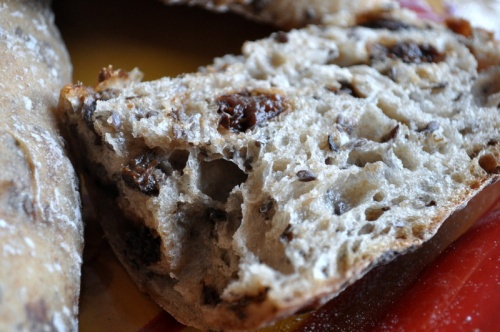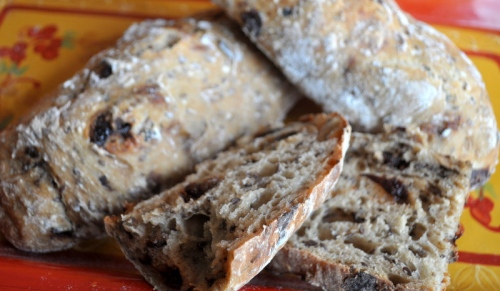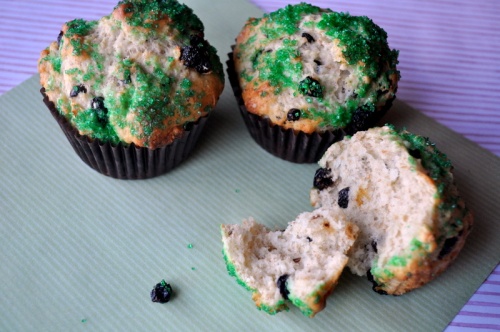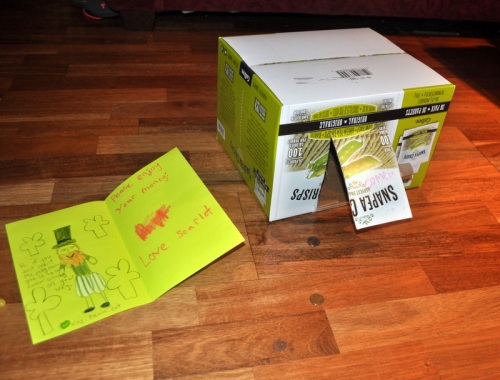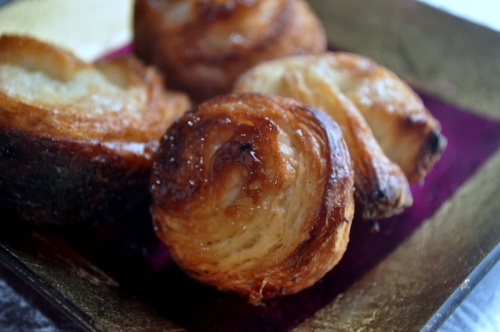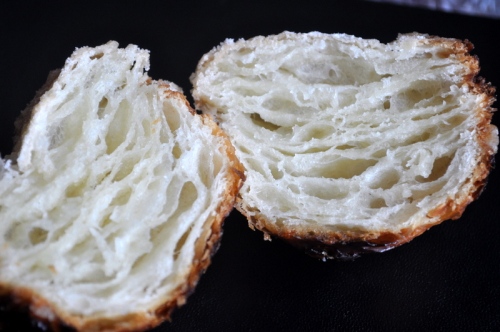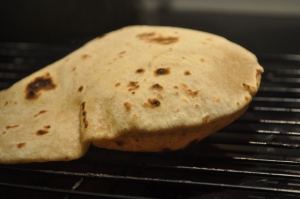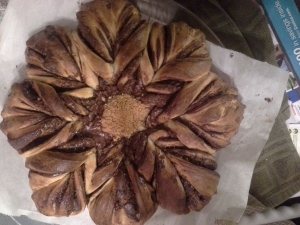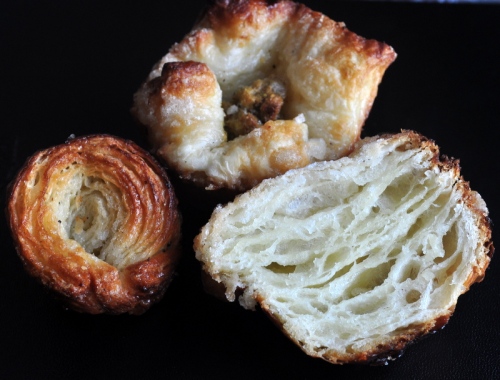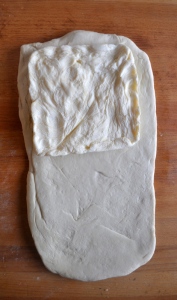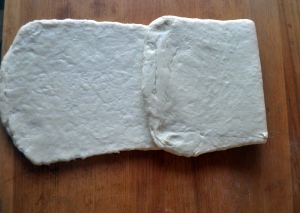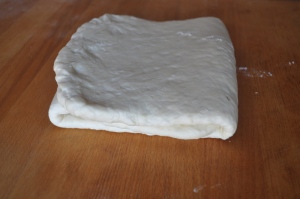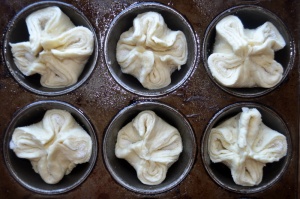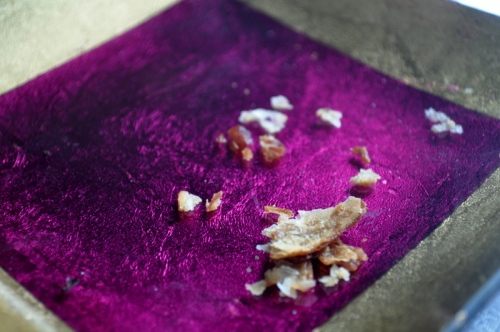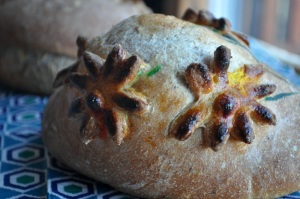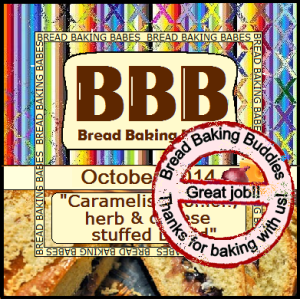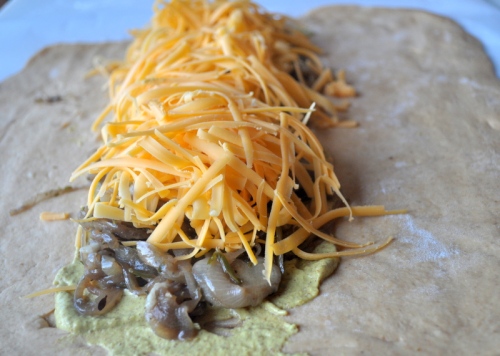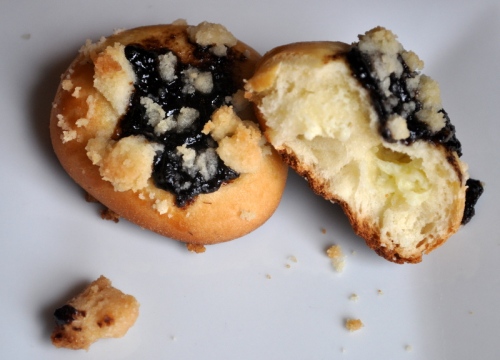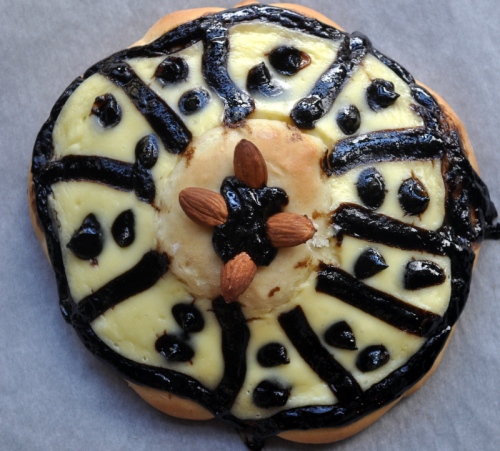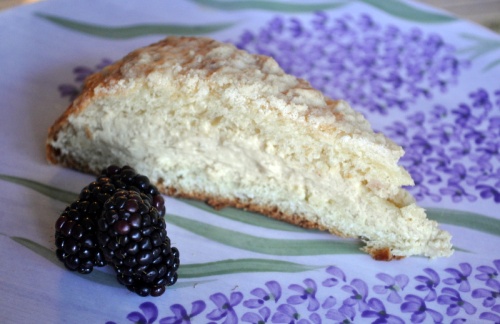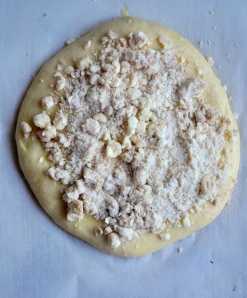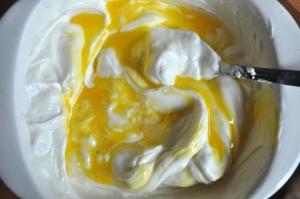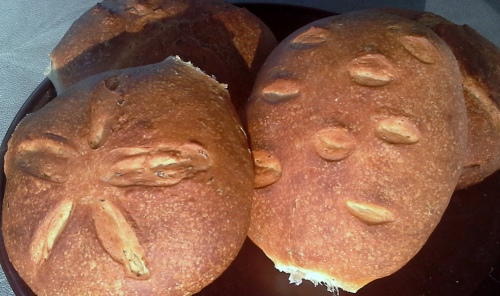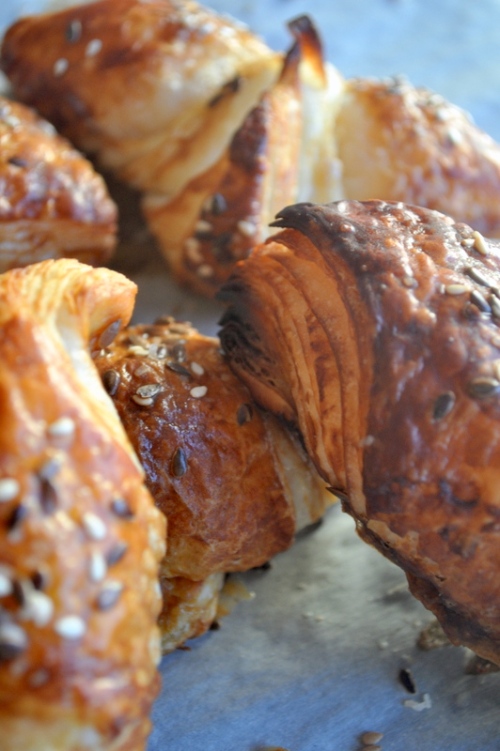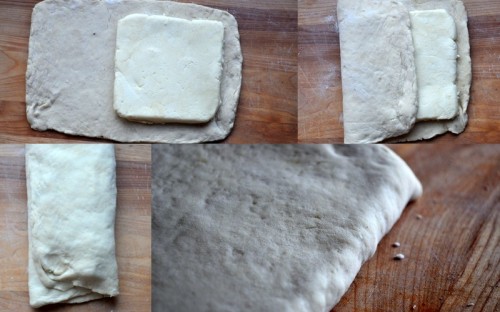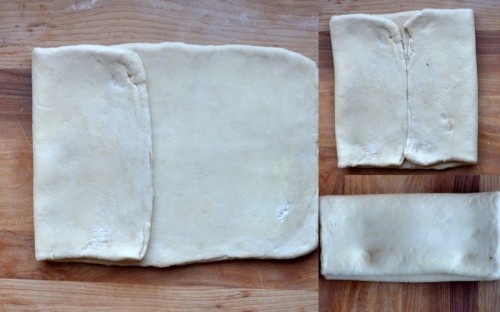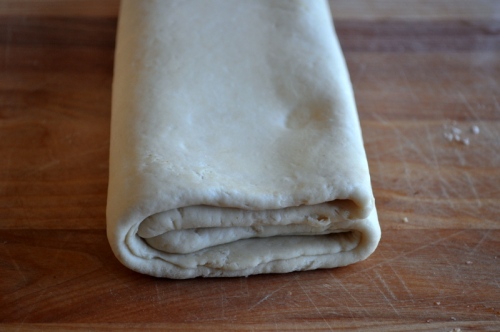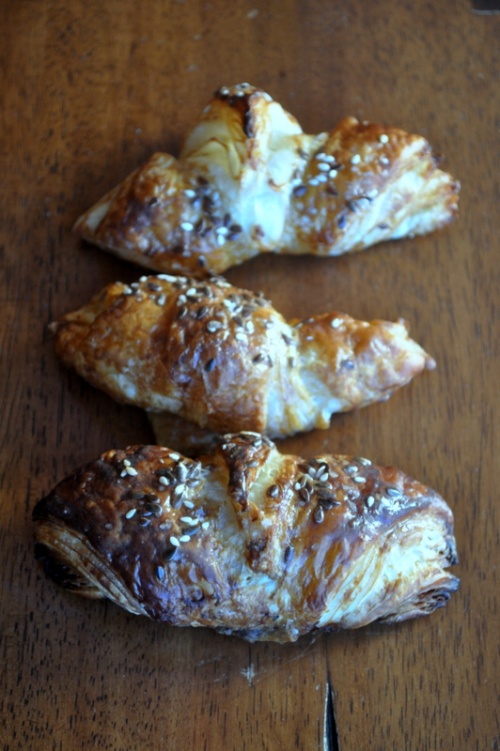Where does the time go? All of a sudden, I look up at the calendar and realize that it is the end of the month already. Arghh… What was the Bakers Challenge?? Lamingtons – sounds great. Make them in hurry, three varieties. Taste great. I now realize that it is past the 27th and it takes me hours to post something. I just don’t have the motivation to stay up until midnight blogging. I guess I am skipping another month…. Am I the only one who feels like a loser for doing this?
Okay, so what about the Bread Baking Babes? Maybe I will give this a shot and be on time. Cathy, from Bread Experience was the babe of the month. A quick look at the recipe and I see that a poolish is needed. It takes 14 + hours, but I really want to try this recipe. Oh well, I guess being on time is not my thing. I could have done it if I stayed up until midnight, but no, I chose to pop my final dough into the fridge overnight before shaping and baking this morning. More flavor, right? Right!
All kidding aside, this is a fantastic bread and so worth the time and effort. I wouldn’t say that this is a beginner’s bread, since it is a very wet dough (I think that Cathy said 90% hydration), but I wouldn’t be scared of giving it a go either. All that moisture creates a light, chewy bread with lots of air pockets. there is no kneading, just folds at 45 minute intervals. I love prunes (or should I say “dried plums”) so I upped the quantity, but another dried fruit would work fine. Or olives. Or roasted garlic.
So now that the bread is baked and has cooled (perfect time to take my daughter to dance class), all I can say is “Delicious”!, but I better hurry since one loaf is already gone and another is half eaten. Even my daughter loved it. Except I told her it was plums in the bread (Why do prunes get such a bad rap?)
So, all I can say is Bake On!
Flaxseed and Prune Ciabatta-Style Loaves
Poolish:
(I improvised here and did 85 grams 100% hydration starter, 85 grams flour, 85 grams water, and a tiny pinch of yeast. It sat for 10 hours before moving forward)
- 125 grams / ~ 1 cup bread flour or all-purpose flour
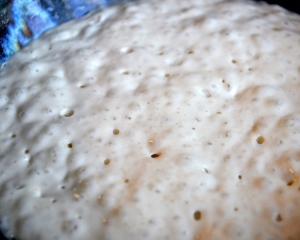
- 125 grams / 1/2 cup water
- pinch of instant yeast
Mix all ingredients until well incorporated with D.D.T. of 70°F.
Allow to ferment 12 – 14 hours at room temperature (65 -70°F)
Flaxseed soaker:
This makes the seeds more easier to digest. You will notice that the mixture gets very gelatinous, which is normal.
- 48 grams/ 1/4 cup + 1 T flax seeds
- 72 grams / 1/3 cup water
Mix all ingredients until well incorporated, cover and set aside.
Let it sit for at least one hour.
Final Dough:
- 300 grams / ~ 2 1/2 cups unbleached all-purpose flour or bread flour
- 50 grams / ~ 1/3 cup coarsely whole wheat flour
- 25 grams / 1/4 cup coarsely whole rye flour
- 278 grams / ~ 1 1/4 cups water
- 10 grams / 1 3/4 teaspoons salt
- 84 grams / ~1/2 cup prunes (I used 140 g)
- 2 grams / ~3/4 teaspoon instant yeast (I used 1/4 tsp)
Mixing: Hand Mix
- Mix together all the ingredients except the flax seeds, and plums.
- Once everything is thoroughly incorporated, mix in flax soaker and dried plums.
- Transfer the dough into an oiled container.
First Fermentation: a total of 3 hours with 3 folds
- 45 minutes at room temperature; fold
- 45 minutes at room temperature; fold
- 45 minutes at room temperature; fold
At this point I covered the dough bowl and placed it in the fridge overnight for a nice slow rise
Divide: Dough is not scaled. It is divided by measurement (i.e. eyeballing the dough).
Place loaves on a floured couche, proofing board or a baking sheet lined with parchment.
Rest : 20 minutes at room temperature
Preheat Oven: to 475°F with a baking stone on the bottom rack and a steam pan or iron skillet on the top rack of the oven.
Transfer loaves to baking stone: Carefully transfer the loaves from the baker’s couche (or proofing board) to the preheated baking stone.
If you proof the loaves on parchment, which is what I did, just transfer the loaves (parchment and all) to the baking stone and remove the paper partway through the bake cycle.
Quickly add several ice cubes to the steam pan (I just added a cup of water), spritz the loaves with water (oops, I forgot that) and immediately turn the oven down to 450 degrees F.
Bake: 15 minutes, then rotate the loaves for even baking and bake an additional 10 – 15 minutes or until done. They should be a rich, dark color. I turned my oven off, cracked the door ajar, and let them sit for another 10 minutes.
Let cool completely.



